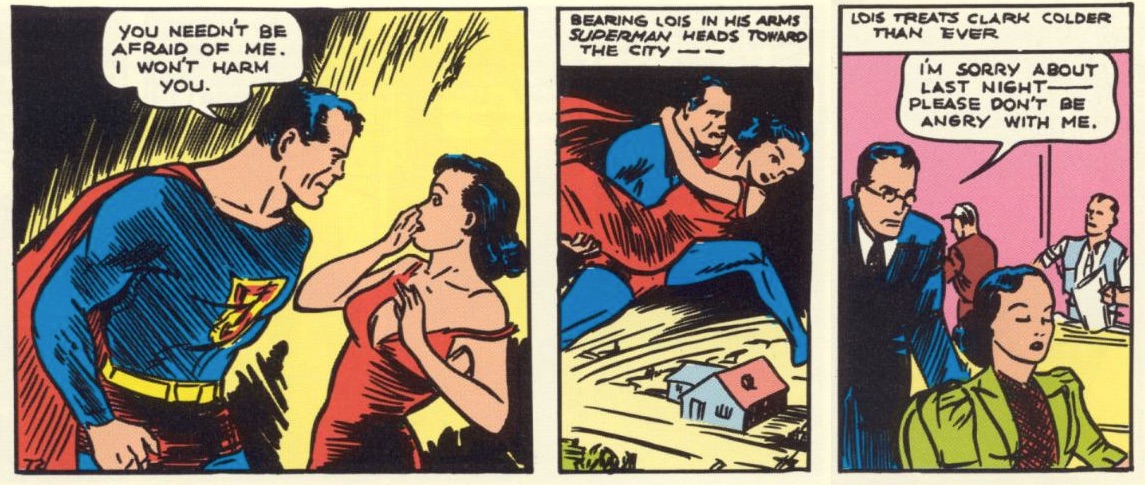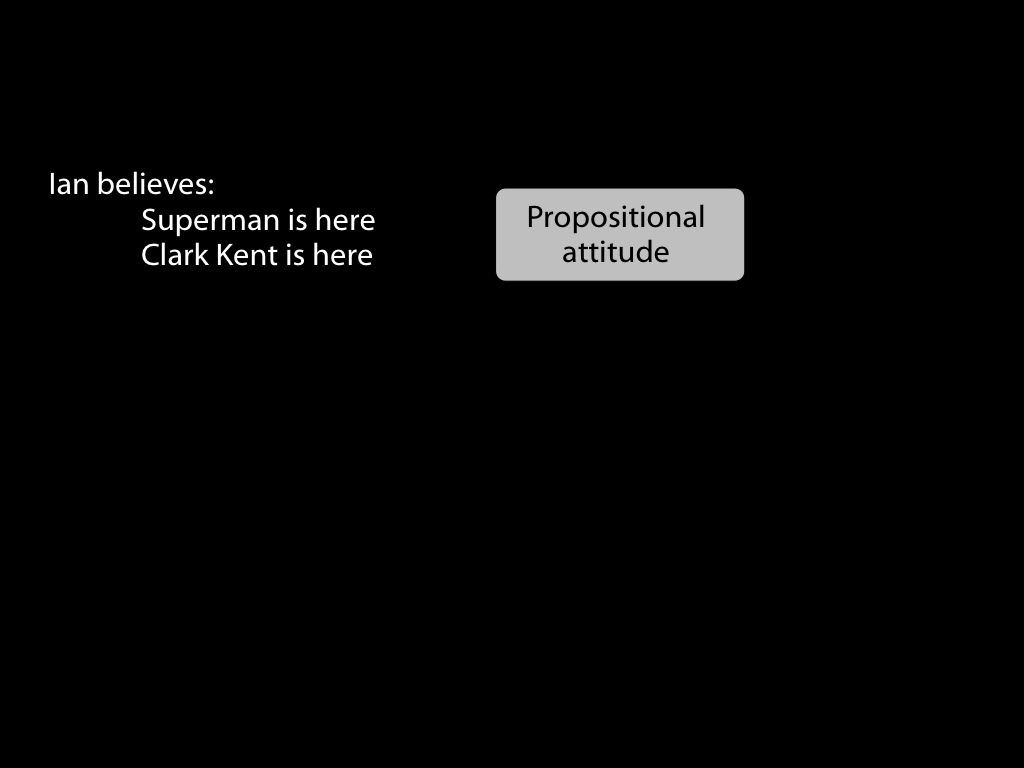Click here and press the right key for the next slide.
(This may not work on mobile or ipad. You can try using chrome or firefox, but even that may fail. Sorry.)
also ...
Press the left key to go backwards (or swipe right)
Press n to toggle whether notes are shown (or add '?notes' to the url before the #)
Press m or double tap to slide thumbnails (menu)
Press ? at any time to show the keyboard shortcuts
Signature Limits

Signature Limits
[email protected]









signature limits generate predictions
Hypothesis:
Infants’ belief-tracking abilities rely on minimal models of the mental.
Prediction:
Infants’ belief-tracking is subject to the signature limits of minimal models.












Objection
‘the Low and Watts (2013) paradigm was robustly replicated’
but ...
‘the original pattern of belief-congruent looking could be reproduced only under conditions in which the belief congruency of the locations is confounded with additional factors, and therefore, this pattern might not reflect belief-based anticipation’ (Kulke, von Duhn, Schneider, & Rakoczy, 2018, p. 9).

Low et al, 2014 figure 2

signature limits generate predictions
Hypothesis:
Infants’ belief-tracking abilities rely on minimal models of the mental.
Prediction:
Infants’ belief-tracking is subject to the signature limits of minimal models.
reidentifying systems:
same signature limit -> same process

Scott et al (2015, figure 2b)
‘the theoretical arguments offered [...] are [...] unconvincing, and [...] the data can be explained in other terms’
Carruthers (2015)
signature limits generate predictions
Hypothesis:
Infants’ belief-tracking abilities rely on minimal models of the mental.
Prediction:
Infants’ belief-tracking is subject to the signature limits of minimal models.
Q1
How do observations about tracking support conclusions about representing models?
Q2
Why are there dissociations in nonhuman apes’, human infants’ and human adults’ performance on belief-tracking tasks?
A-tasks
Children fail
because they rely on a model of minds and actions that does not incorporate beliefs
non-A-tasks
Children pass
by relying on a model of minds and actions that does incorporate beliefs
dogma
the
of mindreading
1. models [done]
2. processes